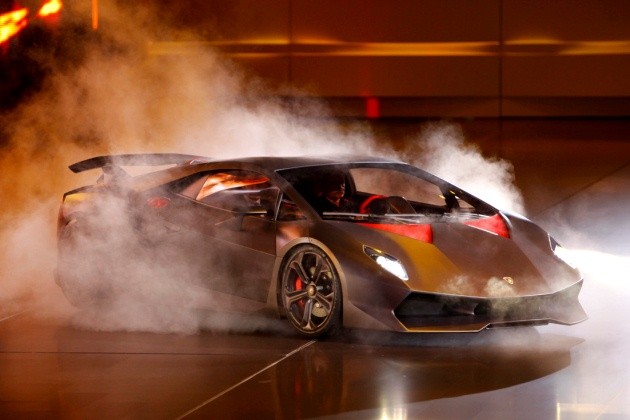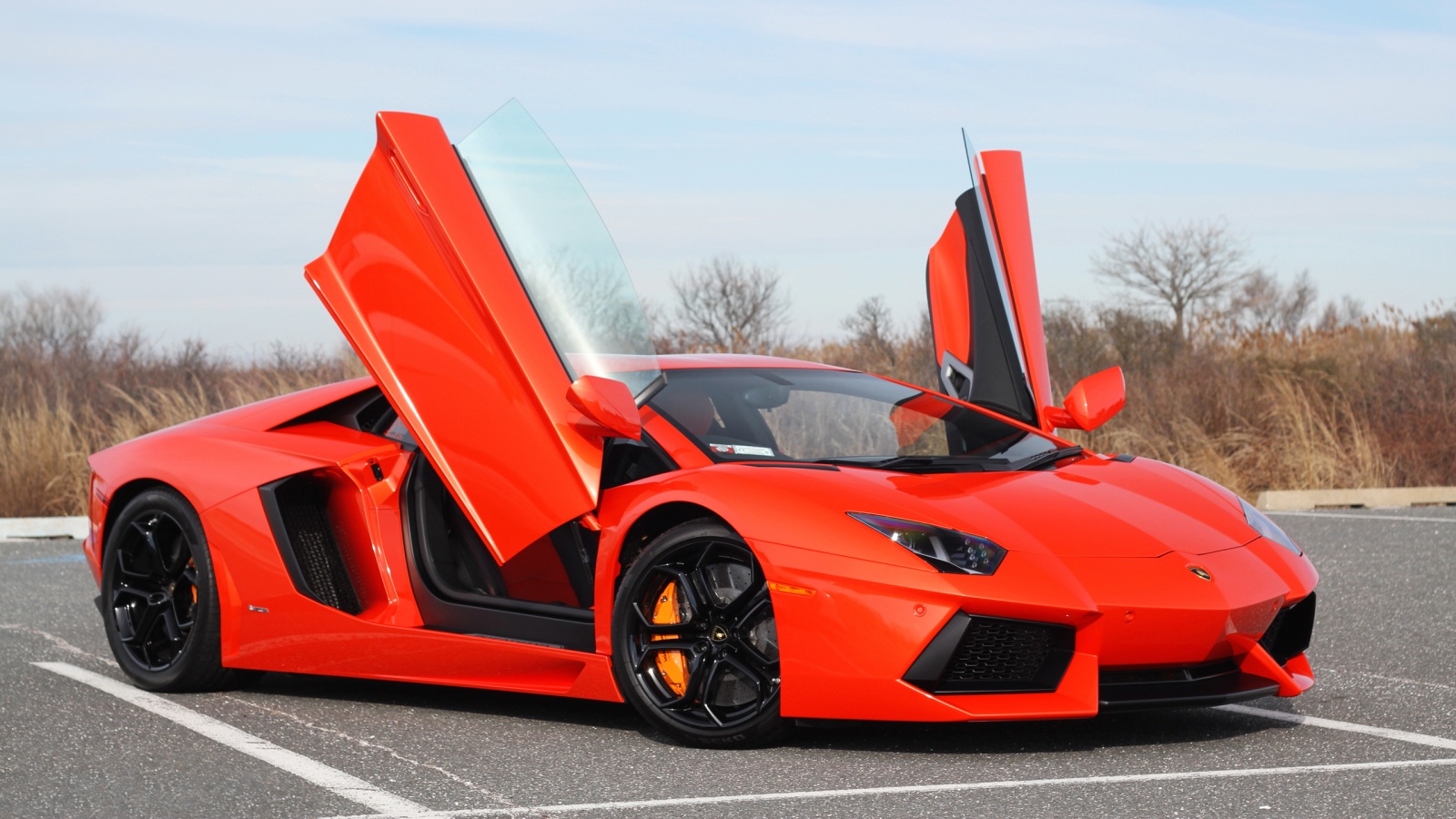
| Home | Ferrari | Lamborghini | Porsche | Jaguar | Bugatti |

| Home | Ferrari | Lamborghini | Porsche | Jaguar | Bugatti |

His business later expanded with Feruccio setting a tractor manufacturing facility in response to Italy's great demand of farming implements. His tractors were built from war-waste and parts taken from derelict vehicles, wreckage, basically every piece of metal that could be saved and used for production. By 1960, he had expanded in the heating and air conditioning business as well, both having turned out very successful. Feruccio's entry in the car-making business would soon come after he had build wealth. Connoisseur of everything mechanical, Ferrucio became disappointed with some of Italy's top car brands for the vehicles they delivered, particularly with their engines. Former owner of Oscas, Ferraris and Maseratis, Feruccio was well aware of car engineering at the time. One day, Ferrucio decided to pay a visit to Fetrari owner, Enzo, following clutch-related issues he had encountered on one of his models. Enzo, who was not exactly known for his poise and diplomatic abilities, simply sent Feruccio for a walk. Enzo's behavior triggered Feruccio's ardent desire to build his own sports car, as an example of what one should really be built like. Fueled by rivalry and passion, the Automobili Lamborghini SpA was founded in 1963.
The story of Lamborghini is very close to a particular fairy tale involving magic beans, giant beanstalks and multi-million dollar exotic car empires. Ferrucio Lamborghini's “beans” were his outstanding repair skill and passion for mechanics that eventually got propelled him up the sports-cars stalk of standards and earned him a place in automotive history. Born in 1916 in Italy, Feruccio's talent was first noticed during the First World War. Through a fortunate twist of fate he was stationed on the island of Rhodes which, because of its positioning, was a rather peaceful place compared to the mainland. His primary job was that of fixing broken engines task that he effortlessly completed, garnering the respect and admiration of his colleagues. Upon returning to his home near Modena after the war, the mechanical whiz though of establishing his own business. He established a small motorcycle and repair shop that turned out to be a very profitable endeavor. Feruccio had become a somewhat prominent figure due to his mechanical skill which attracted most of clients

The plant was built in Sant'Agata near Bologna on a 90,000 square ft area. Employees were soon found to fill the factory that took only 8 months to erect. Among the people brought on the team were top engineers and former Ferrari-workers like Giotto Bizzarrini, Giampaolo Dallara and Giampaolo Stanzani. The first V12 Lamborghini engine was soon designed and became the basis of an ulterior very successful range of cars. Housed by a Scaglione-Touring body, the engine delivered a spectacular 350 HP. Called the 350 GTV, the prototype was first revealed ate the Turin Autoshow the same Feruccio had founded his company. The car was a hit and orders started pouring in. The GT, as it was called once it entered mass production, was followed by the 450 GT and the four-seater 450 2+2. All three cars garnered enough funds to allow Feruccio the development a new vehicle that would be the most famous Lamborghini model until the release of the Countach in 1973. The Miura was a very egotistic car: it shared its features with no other cars. Its uniqueness stretched from front to rear bumper and from top to bottom over a beautifully designed Marcello Gandini body. Sporting a transversal mid-mounted engine, the Miura looked like a cross between a mechanical bull and a racing car.
Following Feruccio's refusal, the company would find Swiss tutelage once more, under the Mimram brothers. Under their reign, the company saw a second coming to life, gaining enough resources to resume the development of the Countach with the LP500 S and QuattroValvole being later released. Until 1984, the Mimran brother shad not yet fully acquired the company, having been granted temporary administration of the facility as proof of their skill. The Mimran takeover was the beginning of an extensive healing and later development process, the company having produced a variety of new models such as the gas-guzzling LM004 and 002 off-roaders as well as the exotic Jalpa. As good as things may have been under Mimran ownership, the company was sold to the Chrysler Corp. in 1987, who would sell it to to a group made of three Far-Eastern companies in 1994 one year after Feruccio's demise. All three companies were part of a holding owned by Indonesians Tommy Suharto and Setjawan Djody. After a series of complications, the small Italian super car manufacturer was taken over by Audi AG. The German investor resuscitated Lamborghini by focusing its resources into the development of a newer models. Audi played a major role in designing the Murcielago, the car that trumpeted Lamborghini's comeback. Models such as the Gallardo and the latest jet-fighter inspired Reventon followed. Only 20 something units of the latter were built so far, all of them having already been purchased for a “paltry” + $1,300,000 per unit.
The owner of Lamborghini first drove a Ferrari when he started the company, but the car had a constant nagging clutch problem which frustrated him to the extent of making him manufacture cars instead of tractors.
 Next
Next